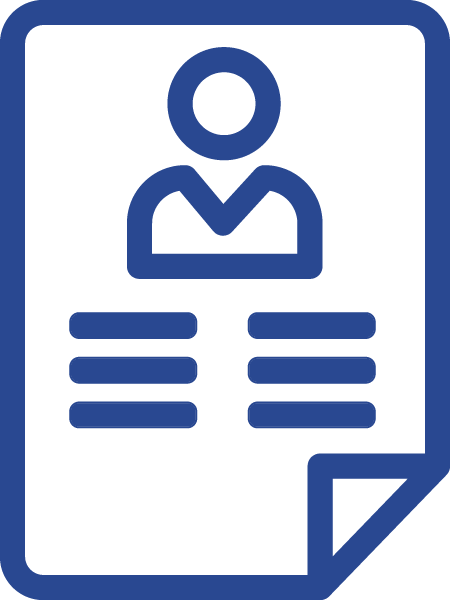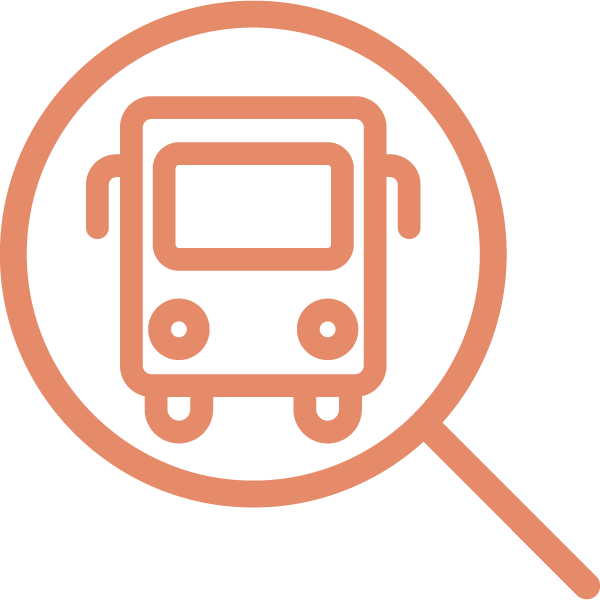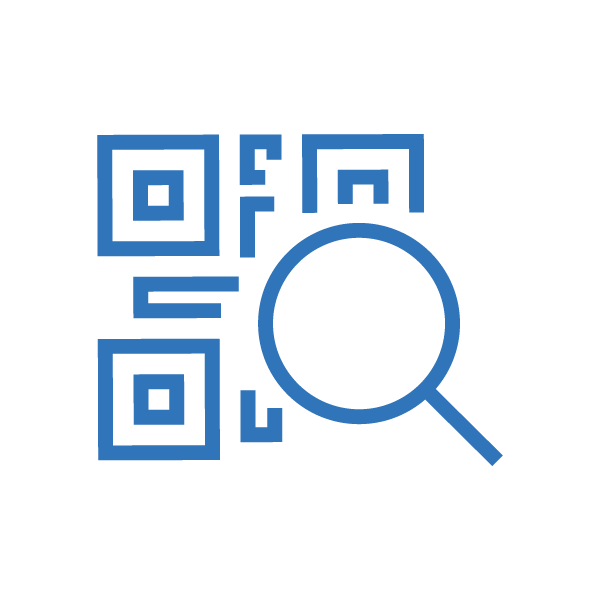The ticketing hub is the central platform that manages every aspect of the ticketing process. Configurable in both single-company and multi-company modes, it ensures that each operator can access only their relevant data, maintaining the highest standards of commercial and financial confidentiality.
Thanks to its open and modular architecture, the system supports major industry standards and adapts to various mobility needs, including public transport, metro systems, long-distance travel, parking, restricted traffic zones (ZTL), bike sharing, and more.
Each staff member accesses data and functionalities based on their role, utilizing Role-Based Access Control (RBAC). This flexibility makes the ticketing hub an essential tool for centralized ticketing management.
















